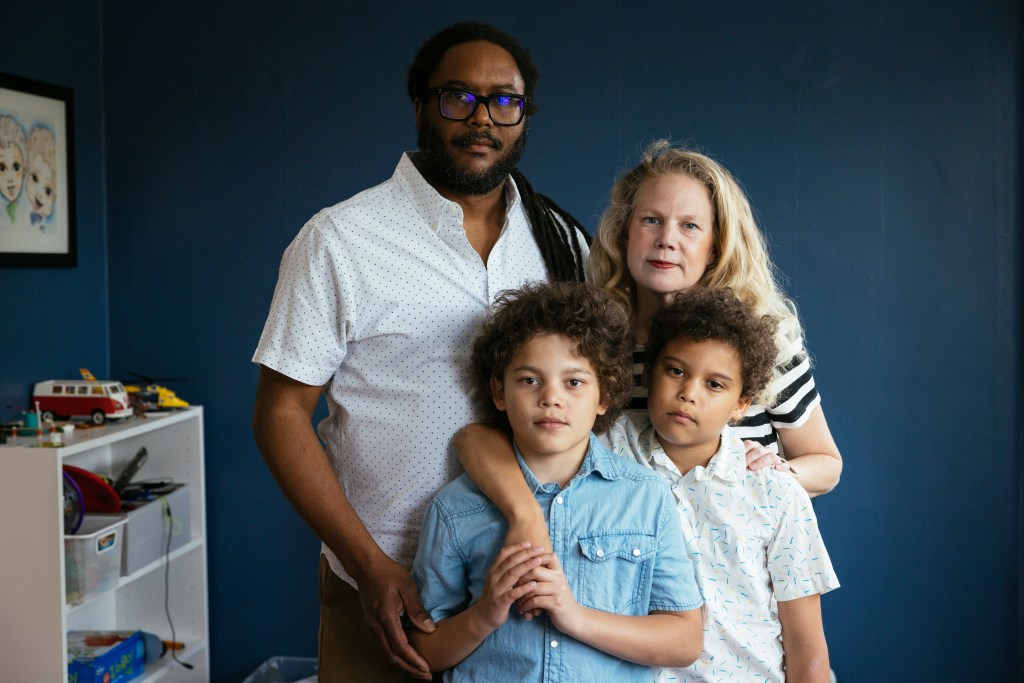President Joe Biden’s campaign promise to cancel student debt for the first $10,000 owed on federal college loans has raised debate about the fairness of such lending programs. While just over half of Americans surveyed in a June poll supported forgiving that much debt incurred for higher education, 82% said that making college more affordable was their preferred approach.
But little public attention has been focused on what is — statistically, at least — a bigger, broader debt crisis in our country: An estimated 100 million people in the U.S., or 41% of all adults, have health care debt, compared with 42 million who have student debt.
The millions under the weight of medical debt deserve help, both because medical debt is a uniquely unfair form of predatory lending and because of its devastating ripple effects on American families.
Unlike college tuition or other kinds of debt, outlays for medical treatments are generally not something we can consider in advance and decide — yes or no — to take on. They are thrust upon us by illness, accident, and bad luck. Medical treatment generally has no predictable upfront price and there is no cap on what we might owe. And, given our health system’s prices, the amount can be more than the value of the family home if incurred for a hospital stay.
When it was time for my kids to choose a college, I knew in advance almost exactly what it would cost. We could decide which of the different tuitions was “worth it.” We made a plan to pay the amount using bank accounts, money saved in college savings plans, some financial aid, a student job, and some money loaned by a grandparent. (Yes, we had enough resources to make a financially considered choice.)
Think about how different educational debts are from those incurred in health care. In one case, profiled by KHN, the parents of twins, who were born at 30 weeks, faced out-of-pocket bills of about $80,000 stemming from charges in neonatal intensive care and other care that insurance didn’t cover. In another case, a couple ended up owing $250,000 when one spouse went to the emergency room with an intestinal obstruction that required multiple surgeries. They had to declare bankruptcy and lost their home. Even smaller bills lead to trashed credit ratings, cashing in retirement accounts, and taking on second jobs; in surveys, half of adults in the U.S. say they don’t have the cash to pay an unexpected $500 medical bill.
In “taking on” medical debt, patients sign only the sort of vague financial agreement that has become ubiquitous in American health care: “I agree to pay for charges my insurance doesn’t cover,” presented on the stack of forms to sign on arrival at an emergency room or a doctor’s office. But no one can fully consider options or say “no” to care while in pain or medical distress or even properly agree to pay an unknown amount.
Student debt causes hardships because it hits people who’ve just started careers, with salaries at the bottom of the pay scale, forcing them to delay life choices, like purchasing a home or starting a family. But medical debt often comes with all that plus medical woes: In a KFF poll, 1 in 7 people with health care debt said they’d been denied care by a provider because of unpaid bills. Sometimes a bill for as little as a few hundred dollars can turn into a collections nightmare.
Already, the federal government is stepping in to assist student loan borrowers. It has paused student debt payments during the pandemic, and the Biden administration has announced that it would forgive student debt for tens of thousands of public sector workers. Late last year, the Department of Education announced that it would no longer contract with outside debt collectors but would instead deal with loan defaults and potential defaults itself to better “support borrowers.”
Medical debt collection has typically been outsourced to aggressive private agents and the for-profit medical debt collection industry; there are few guardrails. Recently, consumer credit reporting agencies have said they will no longer put small medical debts on credit reports and remove medical debts that have been paid. For many people, that will take years. Some 18% of Americans with health care debt said they never expect to be able to pay off their debt.
The irony here is that medical debt is sometimes discharged in bulk by charities, like RIP Medical Debt and church groups, which will pay pennies on the dollar to make patients’ outstanding medical debt disappear. The absurdity of this fix was shown when the comedian John Oliver, in a late-night stunt, cleared $15 million of Americans’ debt after buying it for $60,000.
But medical debt isn’t a joke and now harms a broad swath of Americans. The government could act in the short term to relieve this uniquely American form of suffering by buying the debts for a modest price. And then, it needs to tackle the underlying cause: a health care system that denies millions of people adequate care while still being the most expensive in the world.
This story was produced by KHN (Kaiser Health News), a national newsroom that produces in-depth journalism about health issues. Together with Policy Analysis and Polling, KHN is one of the three major operating programs at KFF (Kaiser Family Foundation). KFF is an endowed nonprofit organization providing information on health issues to the nation.
